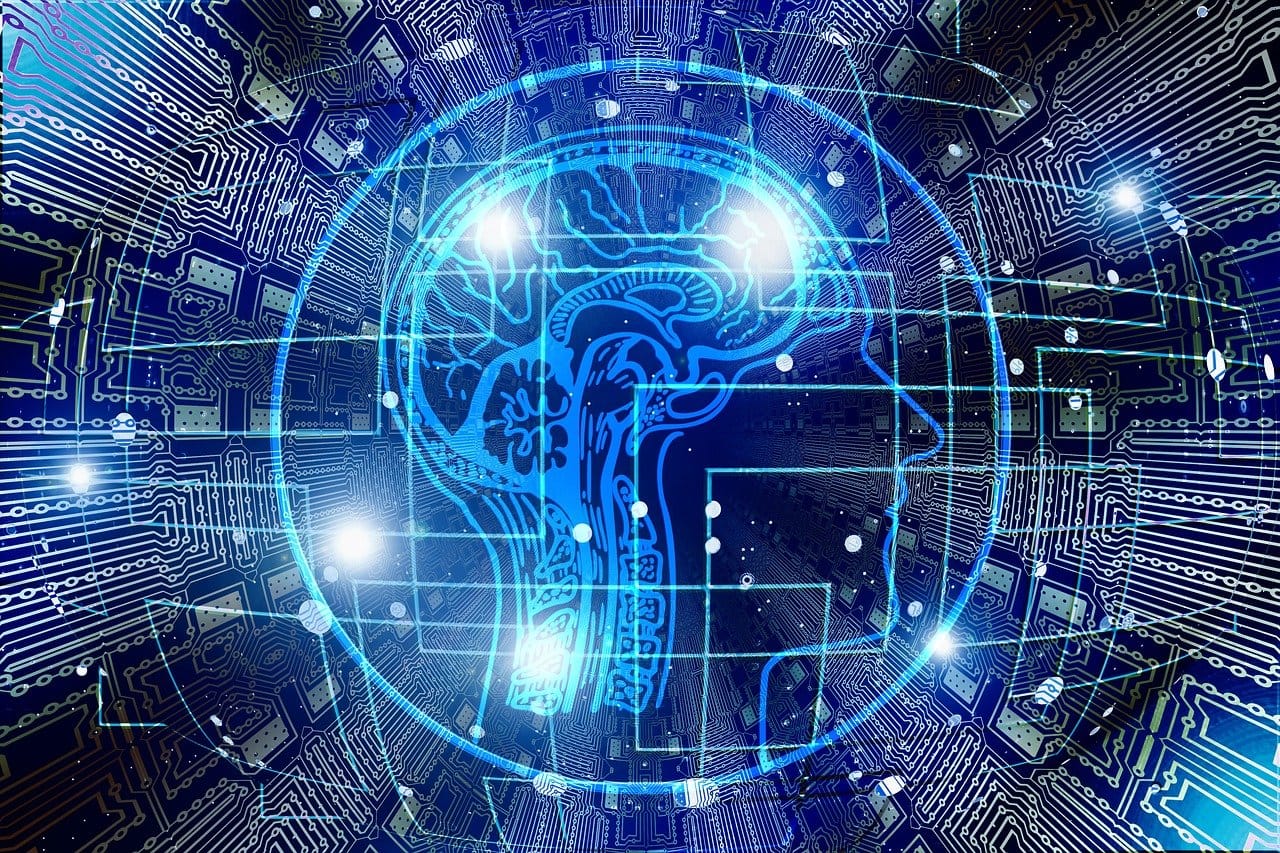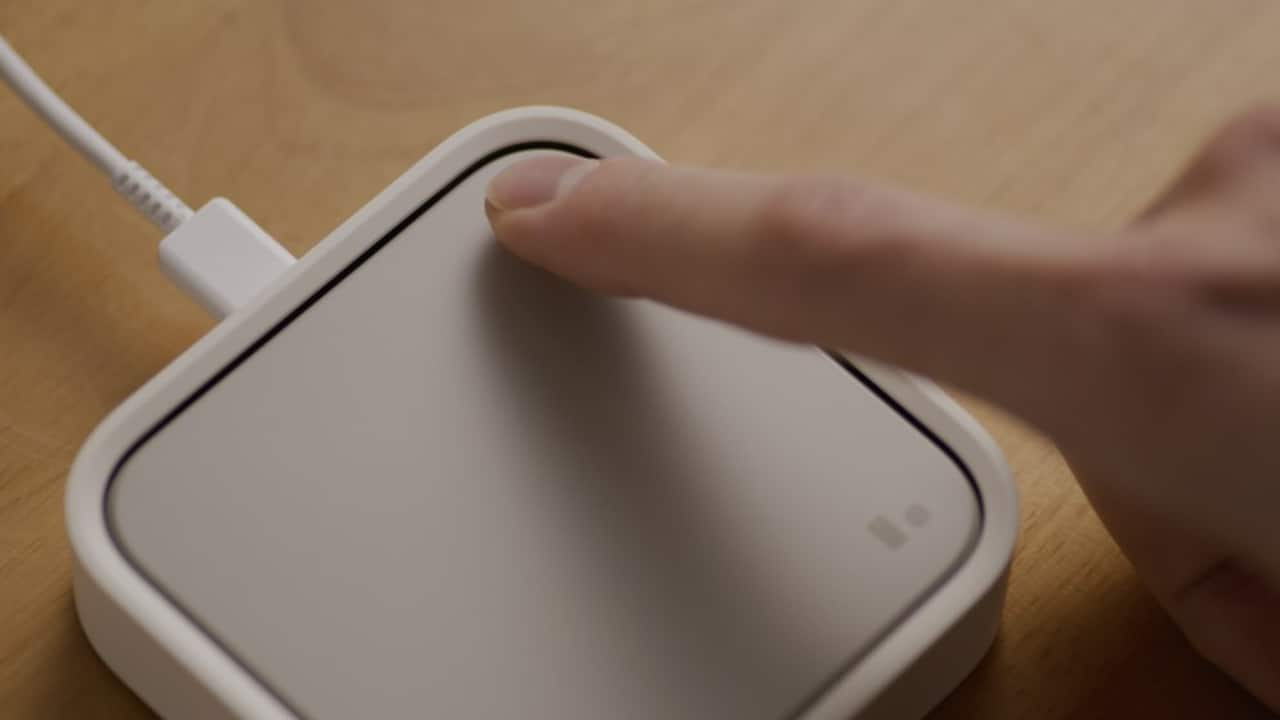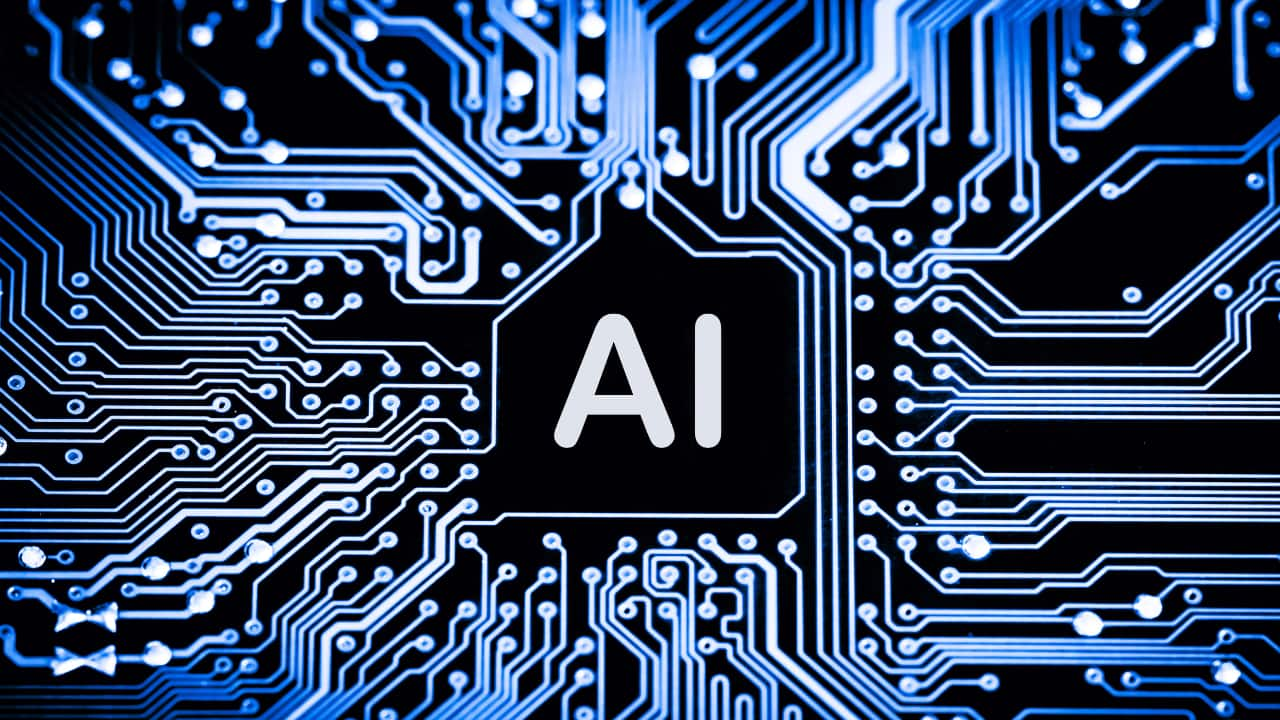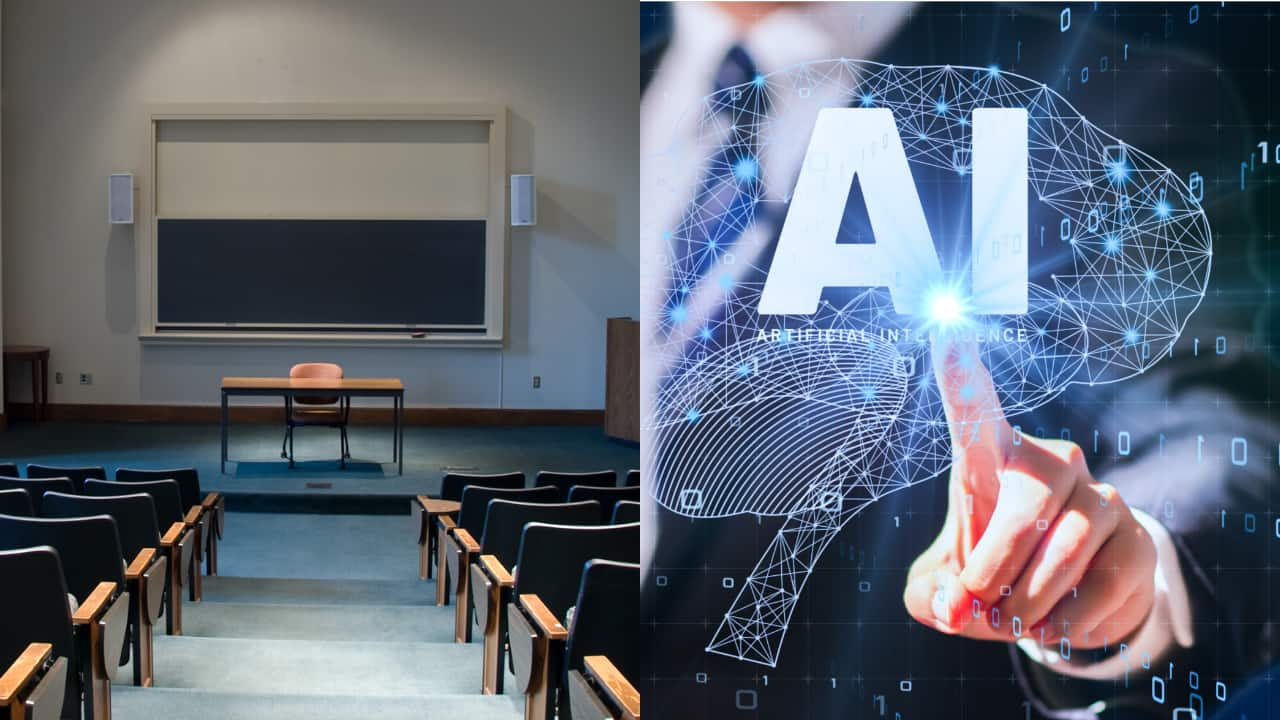7 trends of 2025 that show how people’s use of AI has changed
AI in 2025 is no longer confined to labs or enterprise dashboards. It is now part of routine decisions — from drafting messages and planning work to predicting failures and regulating energy. The following ten shifts show how AI has changed real usage patterns rather than just technical benchmarks.
1/7

Generative AI goes mainstream — Text, images, music and video get generated on demand and are now embedded inside writing apps, design tools, healthcare planning systems and product mock-ups.
2/7

Agentic AI instead of passive chatbots — AI agents now execute work, follow instructions across apps, schedule tasks, run searches, build slides and file updates without continuous prompting.
3/7

Multimodal AI interaction — Models interpret text, voice, camera feed and documents in one stream, enabling live reasoning on top of video calls, whiteboards, receipts, dashboards and classroom footage.
4/7

Healthcare and diagnostics shift to AI-first — Models screen scans, triage cases, recommend drug candidates and support tele-monitoring. Emotional analytics power preventive mental health interventions.
5/7

Smart homes become behaviour-aware — Lighting, energy, cooking prompts and climate control adapt to observed behaviour, time and occupancy. IoT devices coordinate using voice, vision and motion.
6/7

AI-personalised education — Adaptive tutors, skill planners and feedback engines tailor lessons to pace and intent. Workers use AI mentors for upskilling mapped to labour-market signals.
7/7

Predictive and preventive AI — Models warn before breakdowns, fraud, crashes or disease onset. Logistics, finance, mobility and hospitals embed prediction as default posture.
Discover the latest Business News, Budget 2025 News, Sensex, and Nifty updates. Obtain Personal Finance insights, tax queries, and expert opinions on Moneycontrol or download the Moneycontrol App to stay updated!






